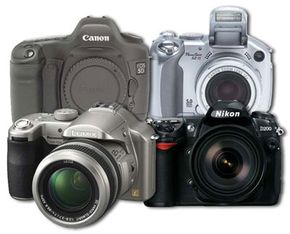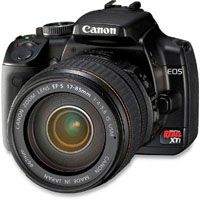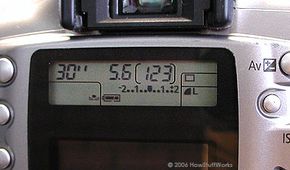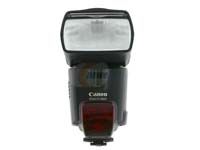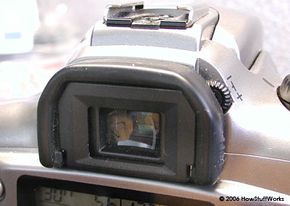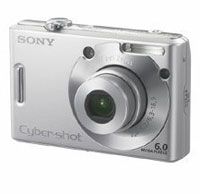Digital photography has many advantages over traditional film photography. Digital photos are convenient, allow you to see the results instantly, don't require the costs of film and developing, and are suitable for software editing and uploading to the Internet.
While shooting on film will always have a place in the world of photography, digital models have taken over the consumer camera market almost completely. Just five years ago, buying a digital camera that could take photos of the same visual quality as a film camera could cost more than $1,000. But prices have dropped tremendously, and camera quality has increased. Today cameras in the $500 range are near-professional quality, and all but the cheapest digital cameras produce decent looking images.
Advertisement
There are also many additional features available on digital cameras, including image stabilization, on-board image editing, color correction functions, auto-bracketing and burst modes. A lot of these can be handled by image editing software, and so they can be unnecessary (and often inferior) when built into a camera. Burst mode, macro mode and image stabilization are probably the most useful extra features, but the best way to find out which camera is best for you is to explore any of the numerous digital photography magazines and Web sites that offer comparisons and user reviews of hundreds of different cameras.
If you own or are planning to buy a digital camera, this article will take you beyond point-and-shoot and help you get more out of it. See the next page to get started.
Advertisement
